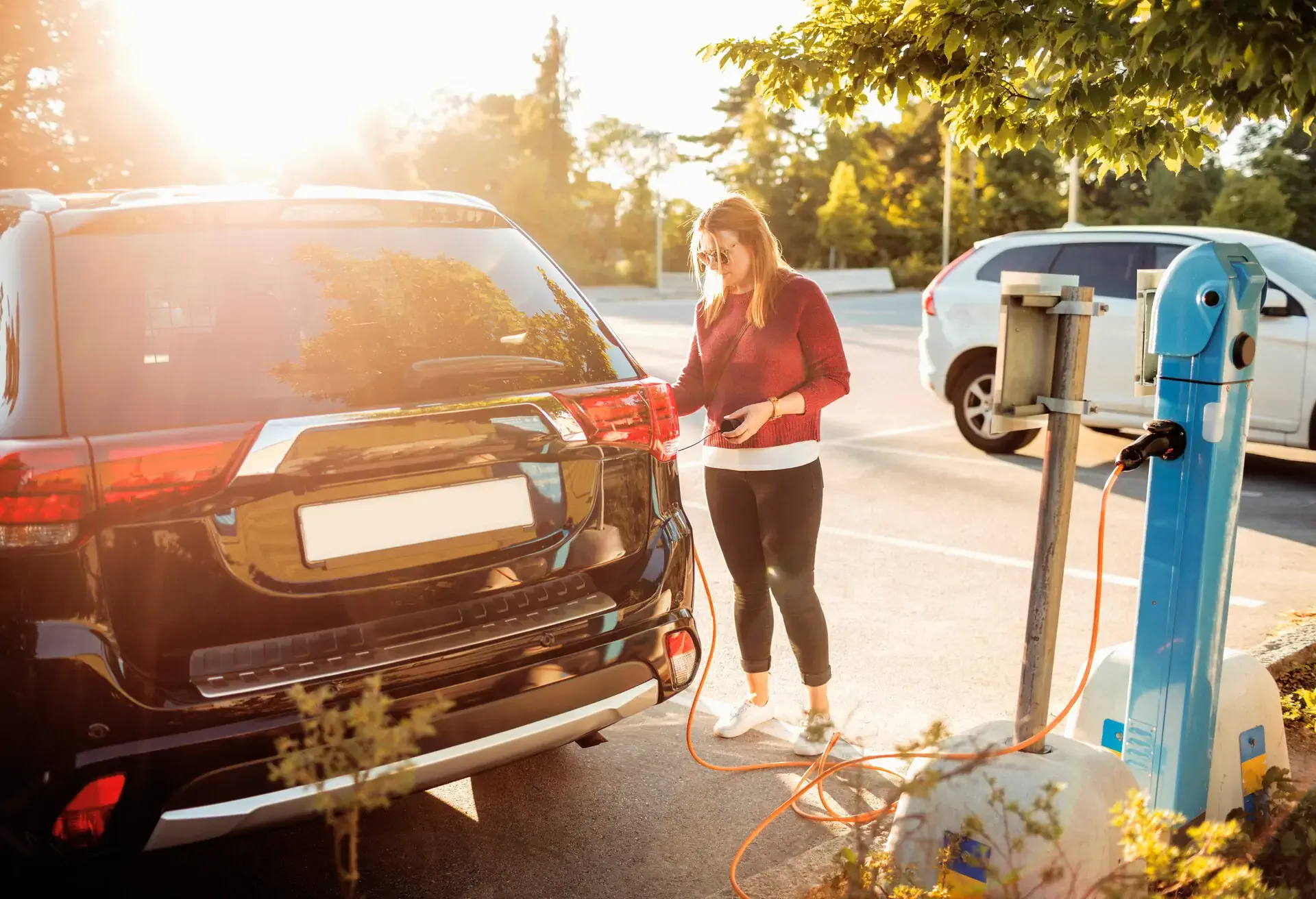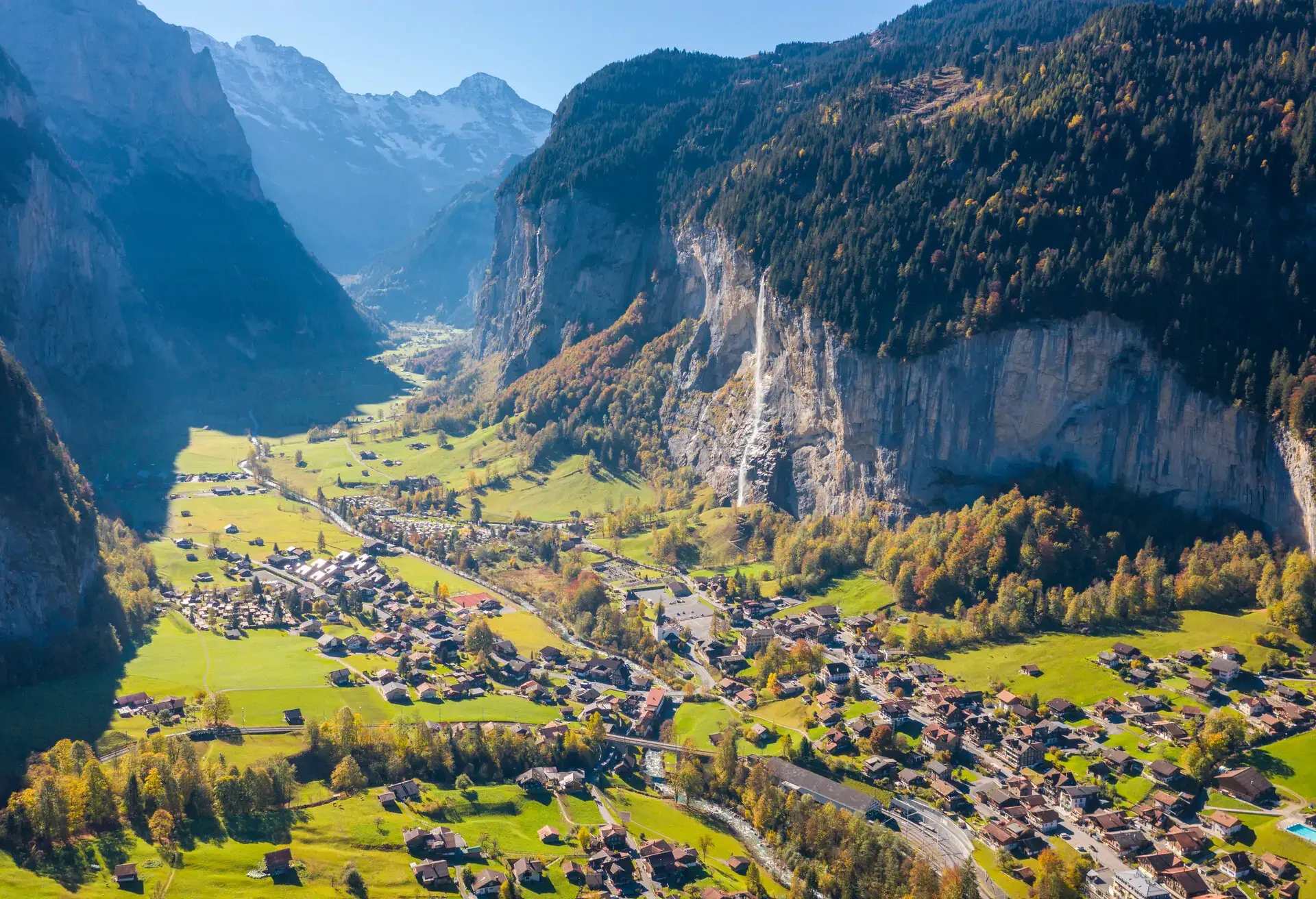

Why Portugal, Spain and Luxembourg are the Top 3
Portugal landed the coveted No. 1 spot as the best country in Europe for a road trip. This is because Portugal scored well in several impactful factors, including road quality, amount of attractive nature and landmarks, and pricing of car hires. It also scored well in amount of sunshine, and has very little air pollution or road congestion.
Spain came in No. 2 for many of the same reasons as Portugal: good road conditions, good nature and landmarks, and lots of sunshine with little rain. It also has very few car accidents and reasonably-priced car hires.
While Luxembourg didn’t score high on weather, it came in No. 3 due to its amazing yet often-overlooked nature and landmarks. Reasonable car hire, accommodation and petrol prices plus toll-free roads also make it less expensive to explore.


Safety & Infrastructure
#1 Switzerland
Switzerland is a very safe country to drive in. It comes in first place as the country with fewest annual car accidents, and it also has the best road conditions. Generally, the countries that scored well here have fewer car accidents and good road conditions.


Traffic & Sustainability
#1 Netherlands
This category encompasses factors that affect traffic conditions like air pollution, congestion and number of cars per 1,000 inhabitants. It also takes into account the number of EV charging stations for those hiring an eco-friendly car. The Netherlands has an extremely high density of EV stations compared to its total land mass, plus relatively few cars for its population. Generally, countries that scored well here have less congestion compared to other countries.


Nature & Landmarks
#1 Switzerland
This category comprises two factors that can often come to mind when considering a road trip in particular: the attractiveness of the country’s nature and the number of Heritage Sites. Switzerland takes the prize here with its majestic mountains, lakes and forests, but it also has the third-most Heritage Sites in Europe in relation to its land mass.
